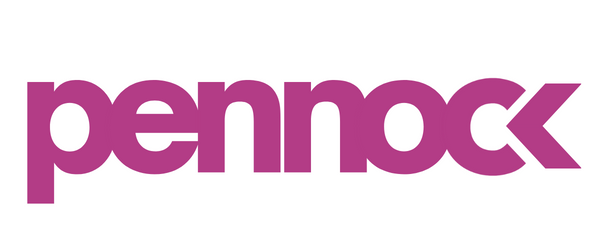How to Leverage Influencer Marketing to Boost DTC Sales
In today’s digital landscape, direct-to-consumer (DTC) brands need more than just traditional marketing tactics to stand out. Influencer marketing has become a powerful tool, not just for brand awareness but as a performance-driven strategy that directly impacts conversions and revenue.
Why Influencer Marketing Works for DTC Brands
DTC brands thrive on authenticity—and influencers provide exactly that. Their audience trusts their recommendations, making influencer partnerships a seamless way to introduce products in a way that feels organic and compelling. When executed strategically, influencer marketing can build strong customer relationships, boost brand loyalty, and drive significant sales.
Building a Strong Influencer Community
A successful influencer marketing strategy is more than just one-off collaborations. It requires building a community of engaged influencers who genuinely support your brand. Here’s how:
Engage Beyond Campaigns: Keep influencers in the loop with product updates, exclusive perks, and early access to new launches.
Encourage Authentic Storytelling: Give influencers creative freedom to showcase your brand in a way that feels natural to their audience.
Incentivize Loyalty: Offer commission-based incentives, affiliate programs, or tiered rewards to encourage long-term advocacy.
A strong influencer community strengthens credibility, enhances customer trust, and maximizes the long-term impact of influencer marketing.
Performance-Driven Influencer Marketing: A Results-Oriented Approach
To achieve real results, influencer marketing should be structured like a paid media channel, not just an awareness tool. Here’s how to create a high-ROI influencer strategy:
1. Find the Right Influencers
Not all influencers will drive conversions. Focus on those who align with your brand values and have an engaged audience that trusts their recommendations. Key factors to consider:
Engagement Over Follower Count: Micro-influencers (10K–100K followers) often drive higher engagement and conversions than mega-influencers.
Authenticity in Content: Does their content feel genuine, or does it appear overly promotional?
Proven Sales Performance: Have they successfully driven sales for other DTC brands?
2. Optimize for Conversions, Not Just Impressions
Many brands make the mistake of measuring success based solely on reach. Instead, track performance-driven metrics like:
Click-through rates (CTR)
Cost per acquisition (CPA)
Return on ad spend (ROAS)
Direct revenue generated from influencer campaigns
Use trackable links, discount codes, or dedicated landing pages to accurately attribute conversions.
3. Amplify Influencer Content with Paid Media
Organic influencer content is impactful, but when combined with paid social ads, it becomes a conversion powerhouse.
Whitelisting: Run ads from an influencer’s profile to maintain authenticity while reaching a broader audience.
Test Influencer-Generated Content (IGC): IGC often outperforms traditional ad creatives because it feels native to social feeds.
4. Diversify Your Influencer Mix
A robust influencer marketing strategy involves a mix of different types of creators:
Micro-Influencers: High engagement and strong community trust.
Macro-Influencers: Wider reach and higher brand visibility.
A diverse mix ensures that your brand reaches different audience segments effectively.
5. Measure, Optimize, and Scale
Influencer marketing isn’t a “set it and forget it” tactic. Continuous optimization is key to sustained success. Analyze:
Which influencers generate the highest ROI
What type of content resonates most
Whether audience targeting needs adjustments
Once you identify top-performing influencers, build long-term partnerships instead of one-off collaborations. This fosters deeper audience trust and keeps your brand top of mind.
Conclusion
Influencer marketing is no longer just a branding play—it’s a direct response strategy that drives measurable sales when executed correctly. By focusing on performance-driven partnerships, optimizing for conversions, and integrating influencer content with paid media, DTC brands can unlock a scalable, high-ROI marketing channel that fuels sustainable growth.
